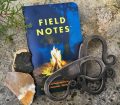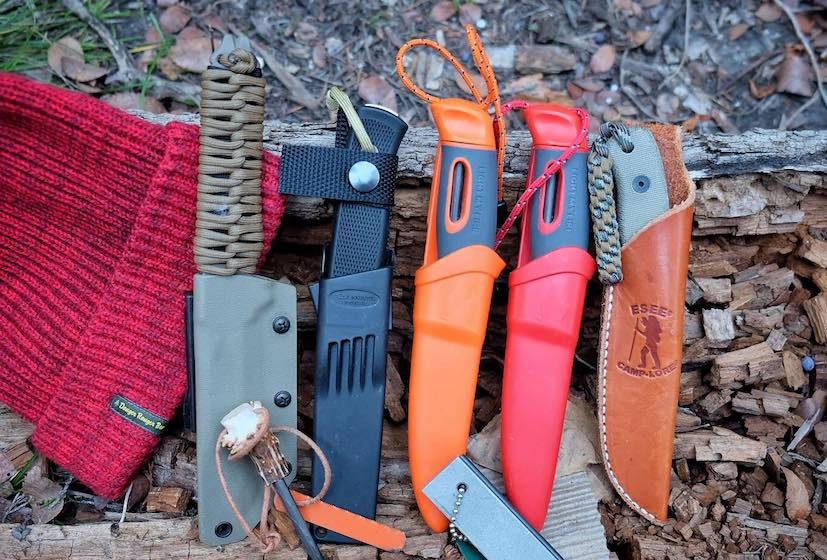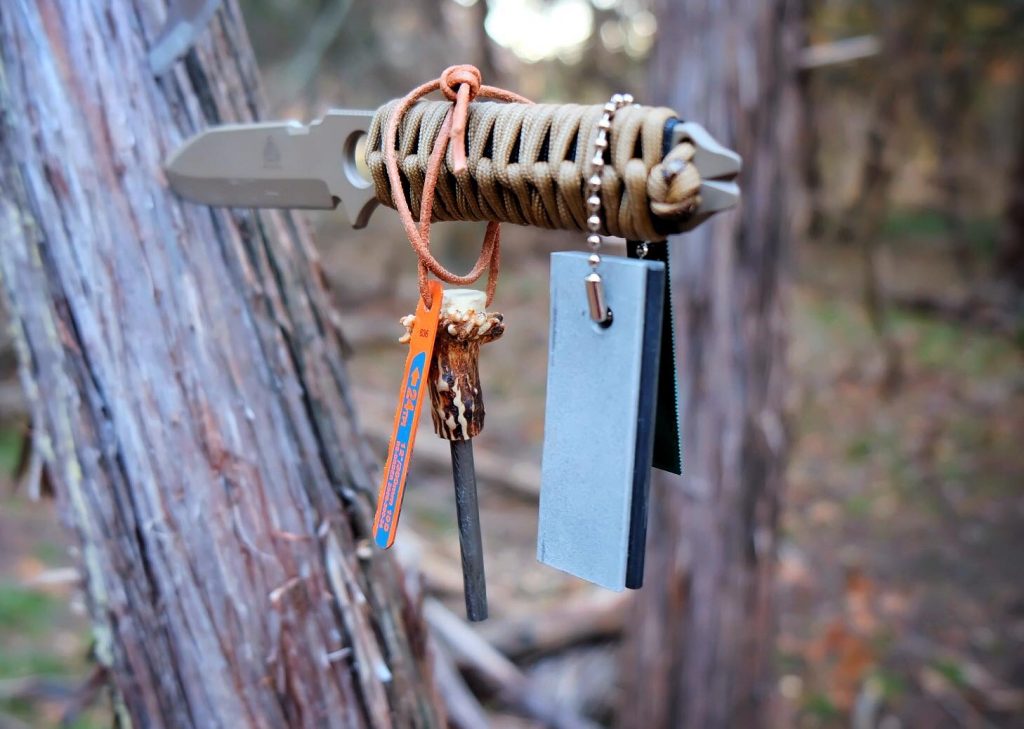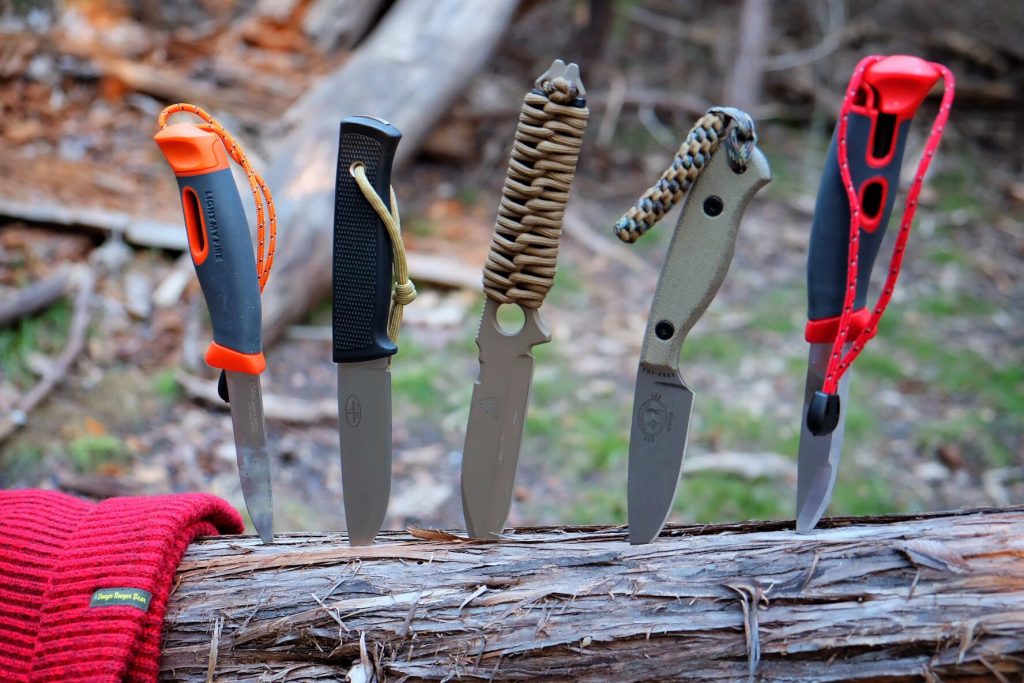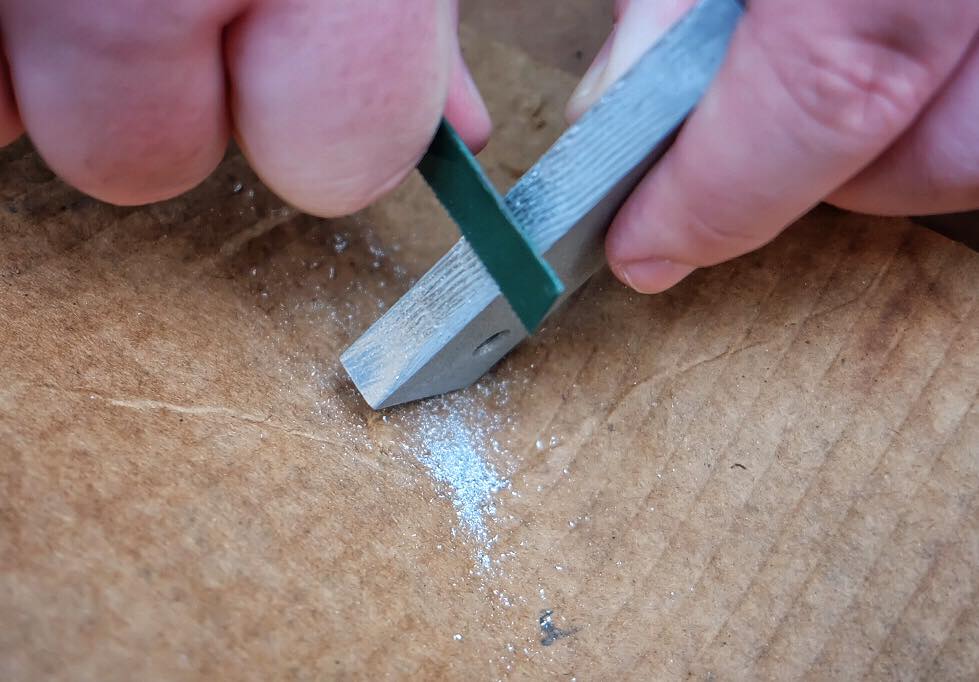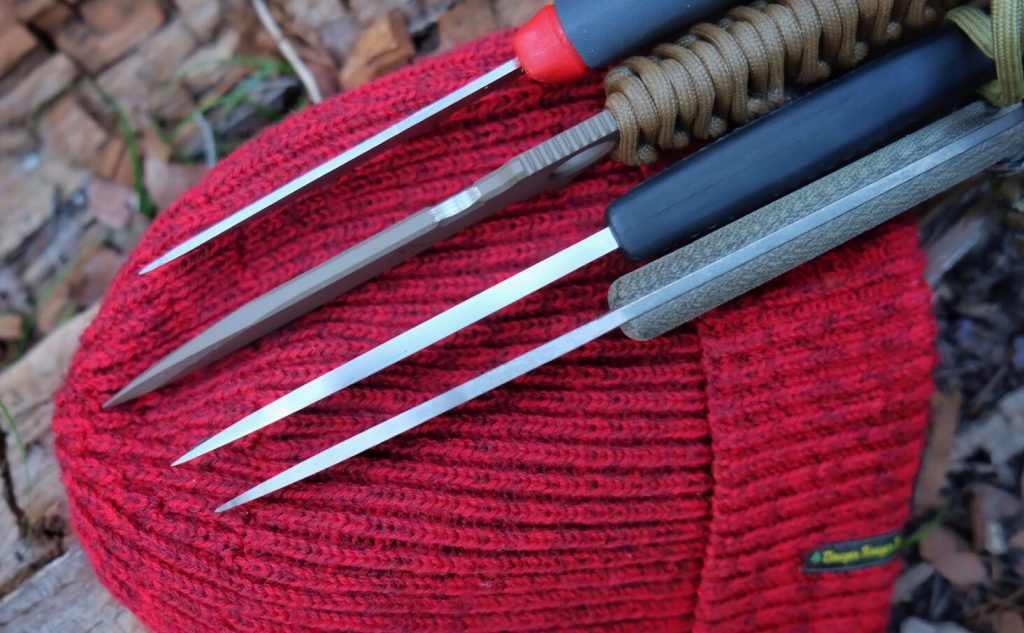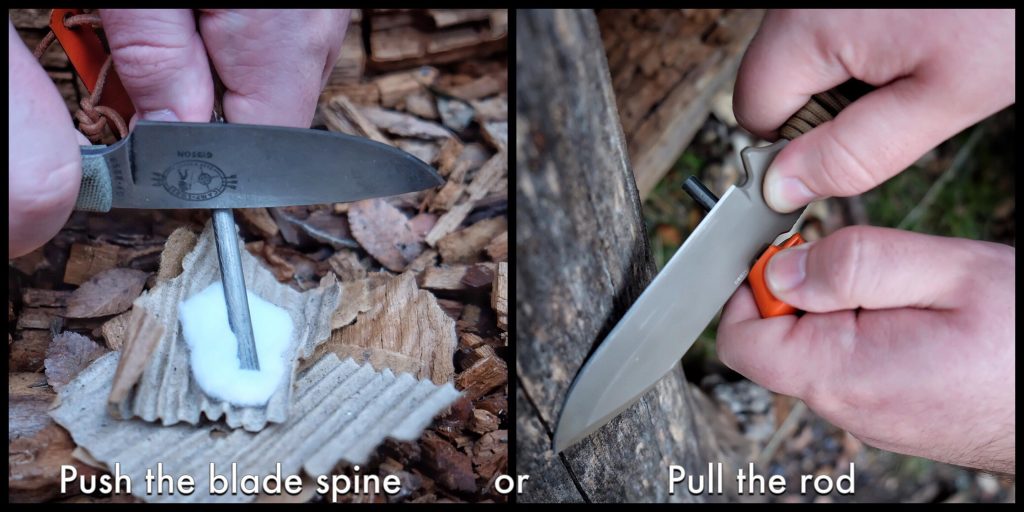First, let’s get some funky nomenclature out of the way. The term “firesteel” was, probably for centuries, used to describe the carbon steel striker for flint and steel fire making. We’re going to talk about those in a future segment. They’re my absolute favorite way to make fire.
In very recent times, Ferro/mischmetal rods have taken the “firesteel” name over. This leads to another common question: What’s the difference between a ferro rod and a mischmetal rod? Not much. Ferro/ferrocerium rods are mischmetal, as mischmetal just means “mixed metal” in German.
Many contemporary rods are alloys of cerium and iron oxide – ferrocerium. They throw showers of sparks like nobody’s business and last very well, as you’re scraping to create sparks and don’t need to scrape off a lot of the rod for it to work well. If your rod throws tons of sparks that don’t keep burning, it’s likely one of these. On the science side, it’s not the friction that heats things up and makes sparks, its the fact that you’re scraping off bits of iron that are so small that they oxidize quick enough to actually produce heat – the spark. You’re distributing iron particles in to the air that rust so fast they burn up!
Several newer rods also include magnesium oxide in the alloy. The addition of magnesium to the mix adds little molten globs of joy to the resultant sparks. If your rod throws pretty big sparks that land and keep sizzling like a fourth of July sparkler, odds are it’s got magnesium oxide in the alloy.
These rods use a lot more of the rod itself when you scrape them and don’t last quite as many strikes but they throw molten metal that will light anything that will burn. On the science side, those super hot, rapidly oxidizing iron particles I mentioned above oxidize hot enough to light the magnesium bits flying next to them, and the sizzle happens!
Like the knives we use to scrape them, these rods come in all shapes and sizes.
If you go down to your local sporting goods or outdoor store, in the fire striker section that often has only one or two options, odds are you’ll find a small ferro rod glued to a block of magnesium alloy and bead chained to a section of hacksaw blade. That combines the ferro rod with the magnesium component, but not in a single alloy.
To use this type of fire starter, use the toothy side of the hacksaw blade to scrape a pile of shavings off of the silver block in to a pile on your tinder, then ignite that shaving pile by scraping the flat side of the hacksaw blade on the ferro rod to throw sparks in to the shavings. It’s easier said than done. Use that one as a backup to the cool rod you bought.
To use your ferro rod you need to be able to scrape it with something harder than it is and direct sparks to your tinder. Simple, right? Typically you scrape with the backside of a knife or the top of a piece of hacksaw blade or something similar. The key is that the edge you are scraping with is a “hard” edge, and not rounded. Remember, your goal is to scrape tiny enough particles that they ignite just by being in contact with the oxygen in the air!
If you’ve ever tried a ferro rod, you learn quickly that some practice might be in order.
There are two schools of thought on how to maximize your rod scrapes: Moving the rod against the knife by pulling the rod up against the spine of the knife, and moving the knife against the rod by pushing the spine down the rod. It’s personal. You have to figure out what works for you, but I would say get proficient both ways. I use both methods depending on what I’m trying to light.
The key for me is stability. Is it more stable for me to hold the rod tip down in my tinder, or to leverage my knife blade against something and draw the rod across the spine?
Once you’ve decided on which method/direction you’re scraping, it’s time to do it.
Don’t scrape like you’re trying to gently pull a splinter out of your finger. Put your back in to it! Put some pressure on the rod/spine connection before you push or pull! This is one of the reasons why I like to have one of them braced or anchored.
Go get a baking pan or some aluminum foil and play until you consistently get it working.-Throw some sparks!
Next time we will talk about making sparks with a traditional flint and steel, and after that, we will put it together with various tinders and make fire!
…and again – If you start a fire for whatever reason or need, keep it only as large as you need to do what you need it to do, keep it under control, and put it out completely when you’re done or leaving. Don’t be that guy.
» bush craft, bushcraft skills, campfire tips, falkniven knife, ferro rod, field craft, fire making skills, fire still, how to start a fire, mora firesteel knife, mora knife, prometheus design were strike back, prometheus design werx knife, see knives
» Field Craft » Practical Fire Making Part 2: Ferro Rods

